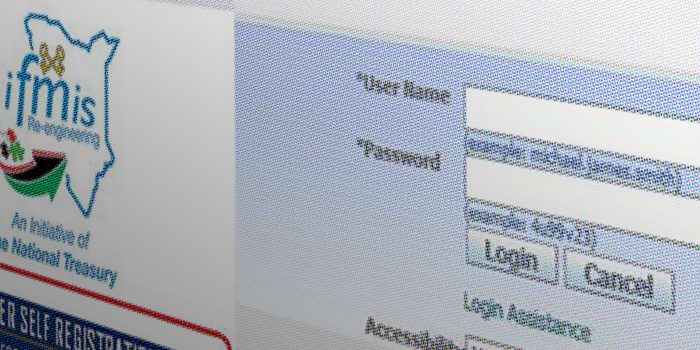Is Electronic Reverse Auction a transparent and fair process?
Saves time through reduced negotiation times as a set auction date increases the bidder’s ability to meet the procurement deadlines.

Kenya’s PPDA Act defines the electronic reverse auction as an online real-time purchasing technique utilized by the procuring entity to select the successful submission. It involves the presentation by tenderers, suppliers or contractors of successively lowered bids during a scheduled period of time and the automatic evaluation of bids.
Basically, this is a type of auction in which the roles of buyer and seller are reversed. During an ordinary auction (also known as a forward auction), buyers compete to obtain a good or service by offering increasingly higher prices. For a reverse auction, a procurer puts out a call for services and then up to the vendors to offer the best deal at the lowest price. Due to their nature, reverse auctions happen exclusively online using electronic negotiations platforms where vendors can offer up detailed contracts for consideration.
In Kenya, this process may only be undertaken by a public entity with a procurement portal and appropriately secure software with electronic procurement capabilities approved by PPRA. The procuring entity may invite all its registered suppliers in a specific category to compete for the supply of the goods, works or non-consultancy services.
The prices of all bidders within a prescribed time are required to be visible to all bidders without, however, revealing the bidder’s identities; the public entity is obliged, subject to the reserve price set for the procurement, to award the tender to the bidder with the lowest price at the bid submission deadline (usually completed within 5 hours).
Here’s what the Procurement Laws say about Electronic Reverse Auction
Using of Electronic Reverse Auction as a procurement method is governed by Sections 110 – 113 of the Public Procurement and Asset Disposal Act Revised Edition 2016 as outlined below:
110. The Authority may in exceptional circumstances approve a system of electronic reverse auction method of procurement for goods, works or non-consultancy services by a procuring entity.
111. For an accounting officer of a procuring entity to be qualified to use the reverse auction method, it shall possess –
-
- Procurement portal;
- An appropriate secure software with electronic procurement capabilities and functionalities approved by the Authority;
112. In the reverse auction method of procurement— Procedure for Reverse Auction. –
-
- a procuring entity shall;
- invite all registered suppliers in the specific category to compete;
- advertise its requirements on its website including the period of time and goods specifications;
- the prices of bidders within the prescribed time shall be visible to other bidders without revealing the bidder’s identity; and
- a pre-qualified supplier shall not revise its bid upwards within the prescribed time
- a procuring entity shall;
113. Subject to the reserve price set by the procuring entity, the successful bid shall be the bid with lowest price at the bid submission deadline
The Maximum Level of Expenditure for this procurement method
Guided by the Second Schedule of the Public Procurement and Assets Disposal Regulations (2020), the threshold matrix is provided as follows:
| Procurement Method – Electronic Reverse Auction (section 110 of the Act) | ||
| Goods | Works | Services |
| No Maximum expenditure under this method provided the conditions under this section are met | No Maximum expenditure under this method provided the conditions under this section are met | No Maximum expenditure under this method provided the conditions under this section are met |
| Does not have a set minimum | Does not have a set minimum | There is no set minimum |
In Conclusion…
By the time an electronic reverse auction happens, the procurement needs must be very clear to all parties involved in order to get the best price by encouraging competition. Further, Reverse Auction helps procuring entities save time through reduced negotiation times and the set auction date also increases their ability to meet procurement deadlines.
For suppliers, this method of procurement is said to ensure competitiveness by giving them the same information at the same time. Hence a level-playing field to bid in real-time with transparency and fairness at the core of the activity.
Do you feel this technology-based bidding method can promote a more fair approach to procurement? Tell us your thoughts in the comments section below…
This article is part of the Procurement Methods blog series.







